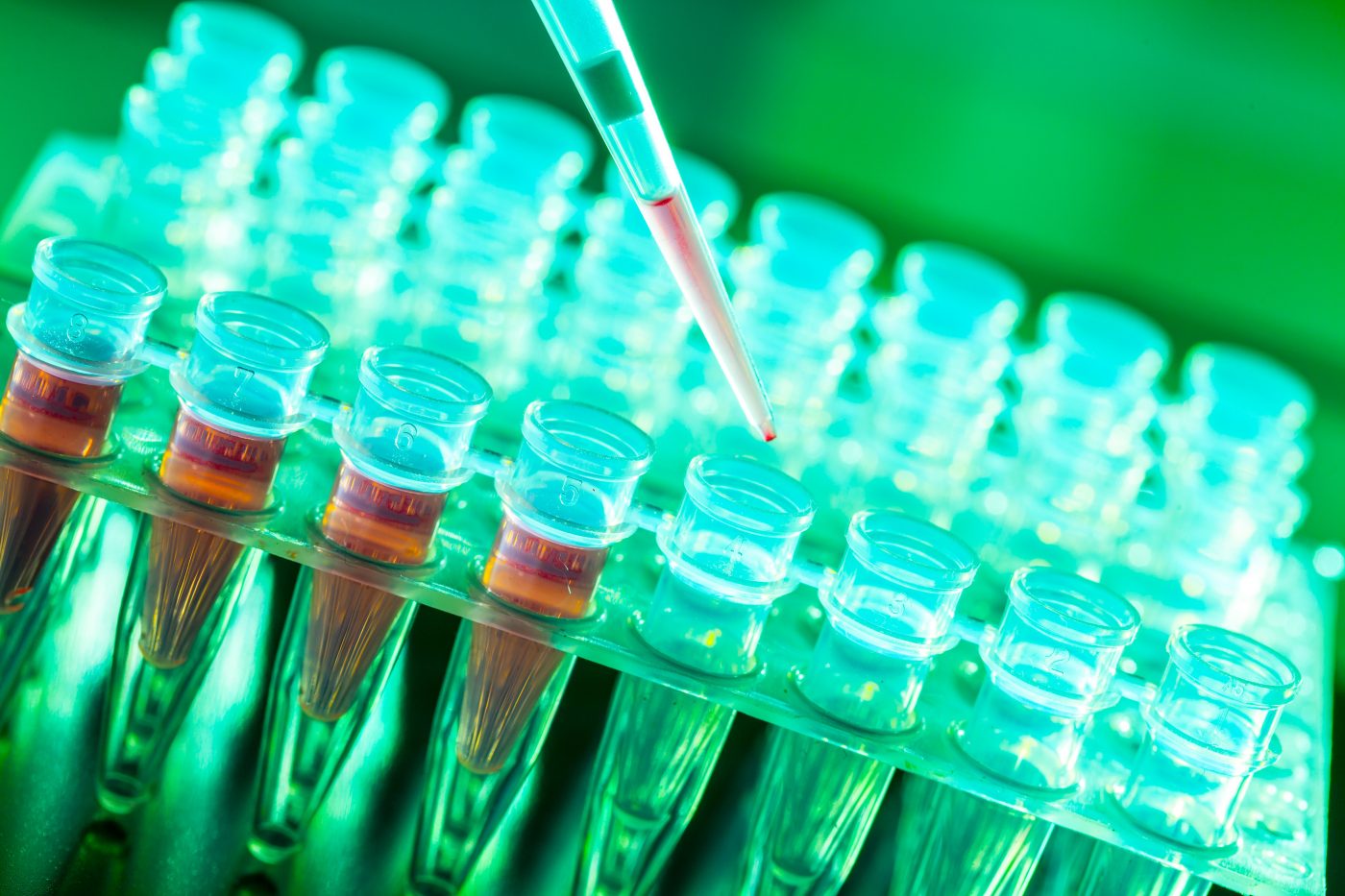Study Reveals Important Immune Factors in Biological Mechanisms Causing Dysferlinopathy

A new study recently published in the International Journal of Clinical and Experimental Pathology characterized the immune factors involved in the pathogenesis of dysferlinopathy in patients. The study is entitled “CD4(+) cells, macrophages, MHC-I and C5b-9 involve the pathogenesis of dysferlinopathy” and was conducted by researchers at the Chinese PLA General Hospital and the General Hospital of Chinese People’s Armed Police Force in Beijing.
Dysferlinopathy includes a group of rare, neuromuscular disorders characterized by progressive muscle wasting and caused by mutations in a gene called dysferlin (DYSF). These mutations result in the production of a defective dysferlin protein, which plays a critical role in membrane repair and vesicle trafficking in the muscle tissue, leading to leakage of intracellular contents from the inside of the muscle fibers. The disease primarily affects muscles of the limbs, the hips and shoulders, and individuals often become unable to walk. Patients with dysferlinopathy are often misdiagnosed, especially because their clinical manifestations can resemble inflammatory myopathy (muscle dysfunction).
In the study, researchers analyzed the immunological characteristics of patients with dysferlinopathy in order to determine the role of immune factors in disease pathogenesis, and possibly provide a differential diagnosis in comparison to other muscle disorders. In total, muscle biopsy samples of 14 patients with dysferlinopathy, 7 patients with polymyositis (disease characterized by muscle inflammation) and 8 patients with either Duchenne muscular dystrophy or Becker muscular dystrophy (DMD/BMD, two muscular dystrophies caused by mutations in the dystrophin gene) were analyzed through immunohistochemistry of the inflammatory cell infiltrates and for the expression of MHC-I (a class of molecules from the major histocompatibility complex important for triggering immune responses) and C5b-9 (a molecule involved in the immune complement system and important in the inflammatory and cell killing processes).
Through the immunohistochemical analysis, researchers found that patients with polymyositis had the most severe inflammatory cell infiltration, namely of immune CD4+ cells and macrophages (a type of white blood cell). CD4+ cells frequency was similar between dysferlinopathy and DMD/BMD patients, although the macrophage number was found to be greater in dysferlinopathy patients in comparison to DMD/BMD. MHC-1 expression was observed in 100% of the polymyositis samples, 71.4% of the dysferlinopathy samples and only in 25% of the DMD/BMD samples. As for C5b-9 expression, all dysferlinopathy and polymyositis patient samples were positive, while it was negative for DMD/BMD patient samples.
The team concluded that immune factors play a role in the pathogenesis of dysferlinopathy, namely the ones involved in both muscle inflammation and the complement system. The team suggests that the expression levels of MHC-I and C5b-9 might be helpful in a differential diagnosis of dysferlinopathy patients.
Glossary of Terms:
[wikibox lang=”en”]Pathogenesis[/wikibox]
[wikibox lang=”en”]dysferlinopathy[/wikibox]
[wikibox lang=”en”]MHC class I[/wikibox]






